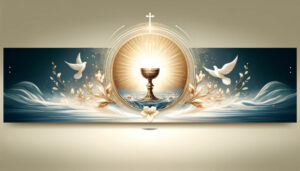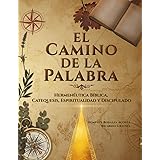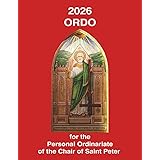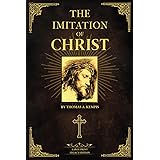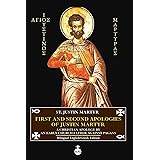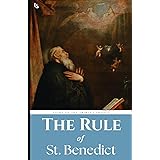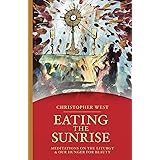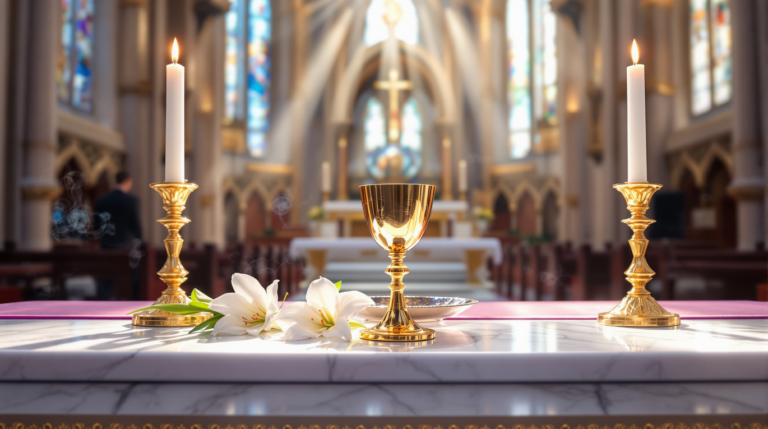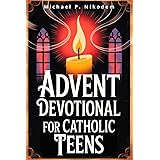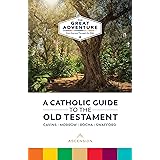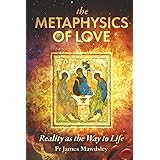My first encounter with the Real Presence of Christ in the Eucharist left me speechless. The profound truth that Jesus himself becomes present under the appearance of bread and wine still fills me with wonder decades later. This miracle of Holy Communion, which the Church calls “the source and summit of Christian life,” stands at the very heart of our Catholic faith. The story begins at the Last Supper, recorded faithfully in all four Gospels. There, Jesus gave us this precious gift – His very Body and Blood. The word “Eucharist” comes from the Greek eucharistia, meaning thanksgiving. Yet it represents far more than mere symbolism or ritual. Through the mystery of transubstantiation, bread and wine truly become Christ's Body and Blood during the Holy Mass. The Council of Trent beautifully describes this Blessed Sacrament as a divine medicine, protecting us from serious sin and uniting us more deeply with God.
Let me guide you through the treasures of this beautiful sacrament. Together, we'll explore its divine origins in Scripture, understand the Church's timeless teachings, and learn how to receive this supreme gift worthily. Whether you're discovering the Eucharist for the first time or seeking to deepen your appreciation, you'll find here the profound significance of this central mystery of our faith.
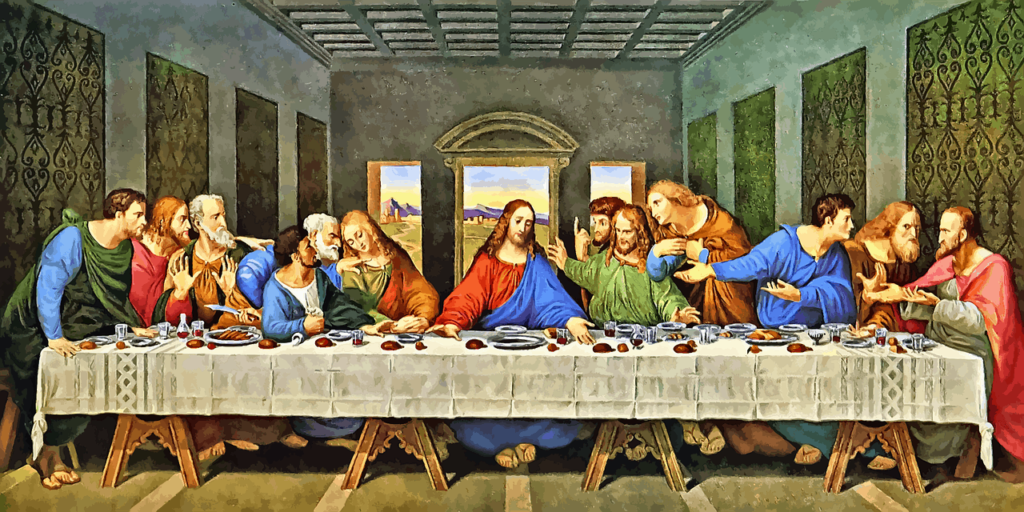
The Divine Origin of the Eucharist
The mystery of the Eucharist never ceases to amaze me. Reading through Scripture, I marvel at how God prepared His people for this supreme gift throughout salvation history. The prophet Malachi spoke of a “pure offering” that would be made among all nations [6]. The early Church Fathers, whose writings I've studied extensively, saw in these words a clear prophecy of the Eucharistic sacrifice.
Biblical Foundation
Scripture reveals God's careful preparation for this sacred gift. The Old Testament presents us with beautiful prefigurations that point to Christ's eventual gift of Himself. The manna that sustained the Israelites in the wilderness, the Passover lamb that saved God's people – these served as powerful forerunners of the Eucharist [5]. Perhaps most striking is the figure of Melchizedek, whose offering of bread and wine in Genesis mysteriously foreshadowed our Eucharistic celebration [6].
Institution at the Last Supper
The moment that changed everything came during the Last Supper. Four Gospel accounts preserve this sacred moment for us:
Matthew 26:26-30
Mark 14:22-26
Luke 22:14-20
John 6:22-59 [2]
Our Lord took bread and wine into His holy hands that night. His words still echo through time: “This is my body” and “This is my blood of the covenant” – words that established the essential form of this blessed sacrament [2]. When He commanded “Do this in remembrance of me,” Jesus instituted what would become the Church's perpetual celebration [5].
Apostolic Tradition
The apostolic understanding of the Eucharist flourished under the Holy Spirit's guidance. Those first Christians knew with certainty that Christ's presence was not merely symbolic but real and substantial [2]. Through St. Paul's writings especially, we received the precise manner of celebrating this sacred mystery.
Three pillars support the apostolic character of the Eucharist. The Apostles themselves laid its foundation. They preserved faithfully what they received from Christ. Their successors, our bishops, continue ensuring its proper celebration today [4]. This unbroken chain of tradition fills me with profound gratitude for God's providential care of His Church.
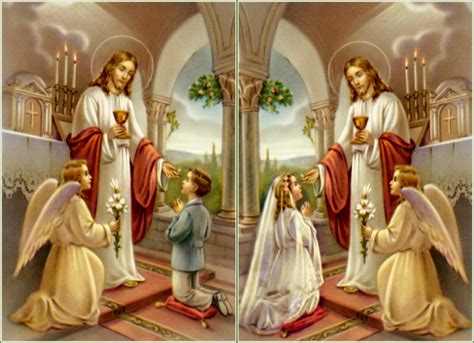
Understanding Real Presence in the Blessed Sacrament
The first time I truly grasped the doctrine of Real Presence, I stood motionless before the tabernacle, overwhelmed by the reality before me. Like many Catholics who grew up in the post-Vatican II era, I had understood the Eucharist primarily as a symbol. The “felt banner” theology of my youth hadn't prepared me for this profound truth – that Jesus Christ becomes truly present – Body, Blood, Soul, and Divinity – in what appears to be simple bread and wine.
Saint Augustine's words echo my own journey to understanding: “I believe in order to understand.” The Real Presence defies our natural senses, yet speaks to the deepest longings of our hearts. When I read the sixth chapter of John's Gospel, where Jesus insists, “My flesh is true food, and my blood is true drink,” I discovered the same challenging truth that caused many disciples to walk away. Yet like Peter, I found myself saying, “Lord, to whom shall we go? You have the words of eternal life.”
The Church Fathers, whose writings opened my eyes to this mystery, spoke of the Eucharist with absolute certainty. Saint Ignatius of Antioch called it “the medicine of immortality.” Saint Cyril of Jerusalem described how the bread and wine, though unchanged in appearance, become Christ's Body and Blood through the Holy Spirit's power. Their unwavering faith challenges my modern skepticism and invites me into deeper trust.
Now, when I kneel before the Blessed Sacrament, I remember Jesus' words at the Last Supper – not as distant historical events, but as present reality. This is the beating heart of Catholic faith – not a mere symbol or remembrance, but the living presence of our Lord, as real today as it was in the Upper Room.
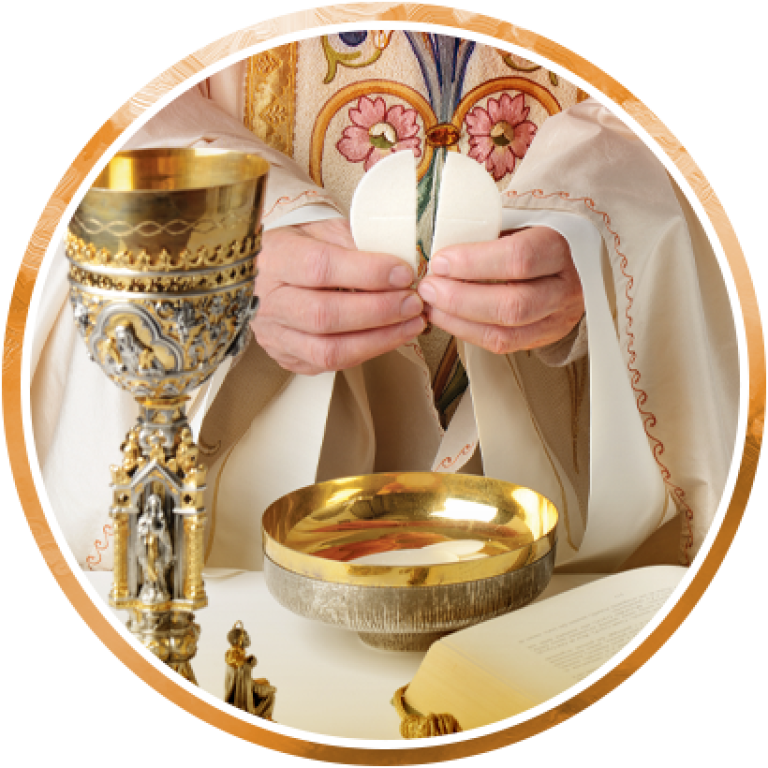
The Sacred Elements of Holy Communion
The mystery of bread and wine becoming Christ's Body and Blood never fails to humble me. My years of studying Church history have taught me that even the smallest details matter in this sacred celebration. The reverence I witness in elderly priests handling the Blessed Sacrament speaks volumes about its profound significance.
Bread and Wine Transformation
The Church's teaching on transubstantiation reflects a beautiful truth I've come to treasure. During this sacred moment, ordinary bread becomes Christ's body, while wine transforms into His precious blood [2]. Though our senses perceive no change, faith reveals the stunning reality – Jesus himself present under these appearances [2].
The Church's wisdom shows in her precise requirements. Pure wheat bread and natural grape wine serve as the only suitable materials [4]. These elements retain their physical qualities after consecration, yet their deepest reality changes completely [2]. The transformation happens in an instant at the words of consecration, lasting as long as the species remain [2].
Role of the Priest
My encounters with holy priests have shown me the profound weight of their calling. Through ordination, they receive sacred power to offer Christ's body and blood [5]. The Catholic Church maintains that only validly ordained priests can perform this consecration [5].
Each gesture carries meaning in this sacred ritual. The priest, standing in Christ's person, speaks the same words Jesus used at the Last Supper [6]. “This is my body” and “This is my blood” – simple words that effect an eternal mystery when united with the Church's intention [4].
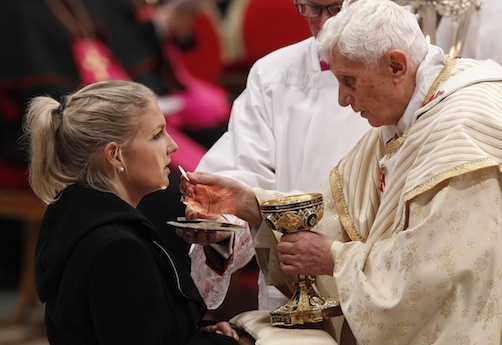
Proper Handling and Reverence
Watching priests handle the Blessed Sacrament taught me more about reverence than any book could. Every movement, every gesture must reflect our belief in Christ's real presence [3].
The Church provides clear guidance:
Ministers must consume remaining Precious Blood after distribution [3]
Dropped hosts require dissolution in water before disposal in the sacrarium [3]
Only authorized ministers may purify sacred vessels [3]
Christ's presence continues until the species naturally decay [2]. This truth shapes how we preserve remaining hosts in the tabernacle, regularly renewing them [3]. The Church's prohibition against burying hosts or pouring the Precious Blood into the ground protects against irreverence [3].
Requirements for Receiving the Eucharist
The question of worthy reception haunts many Catholics I've counseled. My years in parish ministry have shown me both the deep reverence people hold for the Eucharist and their anxiety about receiving it worthily. Let me share what the Church, our loving mother, teaches about preparing for this sacred gift.
State of Grace
The state of grace requirement often raises concerns among faithful Catholics. Being free from mortal sin means our souls stand ready to welcome Christ [7]. My confessor once explained it beautifully – mortal sin breaks our relationship with God, and reconciliation must precede reunion at the altar. Anyone aware of grave sin should seek healing in the Sacrament of Penance before approaching communion [8].
Sometimes life presents complicated situations. When confession proves impossible yet grave reason exists for receiving Communion, the Church permits reception after an act of perfect contrition, provided we intend to confess as soon as possible [7]. This requirement binds everyone equally – I've seen both priests and laypeople step back from communion out of reverence for this truth.
Fasting Requirements
The Eucharistic fast teaches us to hunger for Christ. Today's requirement of abstaining from all food and drink, except water and medicine, for at least one hour before receiving Communion [9] seems modest compared to historical practices [10].
The Church, understanding human weakness, provides exceptions:
Elderly people and those who are ill
Caretakers of the sick or elderly
Priests celebrating multiple Masses on the same day
Those taking necessary medications [9]
Church Membership Considerations
Communion expresses our unity in faith and practice. When we receive the Eucharist, we proclaim our acceptance of Catholic teaching and our life in communion with these beliefs [8].
The Church's wisdom shines in her approach to other Christians. Orthodox faithful may receive Communion under specific circumstances, given our shared faith in the sacraments [7]. For other Christian denominations, reception becomes possible in exceptional cases like danger of death, provided they demonstrate Catholic faith in the sacrament [8].
Those who haven't received baptism cannot receive Holy Communion – baptism opens the door to all other sacraments [7]. Yet the Church's heart remains open to all. She encourages those unable to receive sacramentally to make a spiritual communion, uniting themselves with Christ through desire [8]. This beautiful practice allows everyone to share in the spiritual fruits of the celebration, even when sacramental communion isn't possible.
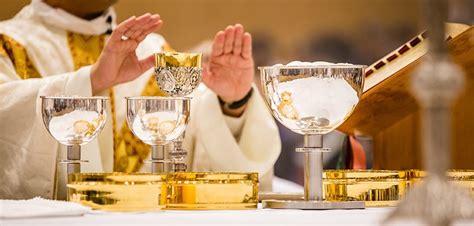
The Eucharist in Catholic Life and Worship
The Eucharist threads through my life like a golden cord, binding together moments of joy and sorrow, triumph and struggle. Each time I witness the faithful processing toward the altar, I remember my first Holy Communion – the nervous excitement, the profound sense of mystery, the beginning of a lifelong love affair with this beautiful sacrament.
Connection to Mass
Mass reveals heaven touching earth. The communion procession speaks volumes – hundreds of souls moving forward as one body, a living image of the pilgrim Church journeying toward our heavenly home [11]. When we gather for the Eucharist, we become that pilgrim Church “on the way” [11].
Sacred music lifts our hearts heavenward. The General Instruction reminds us that we should form one body in hearing God's Word, in prayer, in song [11]. Have you ever noticed how the Communion chant unites our voices just as the sacrament unites our souls? This unity through music and movement captures the deeply communal nature of our Eucharistic worship.
Eucharistic Adoration
Nothing compares to the silence of the adoration chapel. Here, before the Blessed Sacrament exposed in the monstrance or hidden in the tabernacle, the noise of the world fades away [12]. The Church's wisdom shows in her encouragement of daily adoration – what better proof of our gratitude, what clearer pledge of our love for Christ present in this mystery [11]?
The practice traces back to Avignon, France, beginning September 11, 1226 [12]. Today it flourishes in various forms:
Forty Hours' Devotion
Perpetual adoration in designated chapels
Holy Hours of individual prayer
Saint John Paul II's words still echo through time: “the Church and the world have a great need of Eucharistic worship” [12]. His promotion helped spark renewed interest in this ancient practice.
Special Occasions and Feasts
The Solemnity of Corpus Christi, instituted by Pope Urban IV in 1264 [13], stands as our greatest celebration of this mystery during Ordinary Time. My heart still swells remembering childhood processions – the incense, flowers, and singing as our Lord was carried through the streets.
These processions continue today, with the consecrated host displayed in gleaming monstrances, carried past homes decorated with flowers and banners [12]. What powerful public witness to our Catholic devotion toward the Most Holy Eucharist [13]!
The Church's calendar overflows with Eucharistic celebrations. First Friday devotions, born from Christ's revelations to St. Margaret Mary Alacoque, draw us to monthly communion [12]. Holy Thursday brings us back to that Upper Room, though tinged with the solemnity of Christ's approaching passion.
Throughout the year, parishes offer various opportunities for Eucharistic devotion:
Benediction of the Blessed Sacrament
Eucharistic congresses
Special periods of exposition and adoration
These celebrations deepen our connection with Christ present in the Blessed Sacrament [12]. They remind us that the Eucharist isn't just something we receive – it's Someone who receives us.
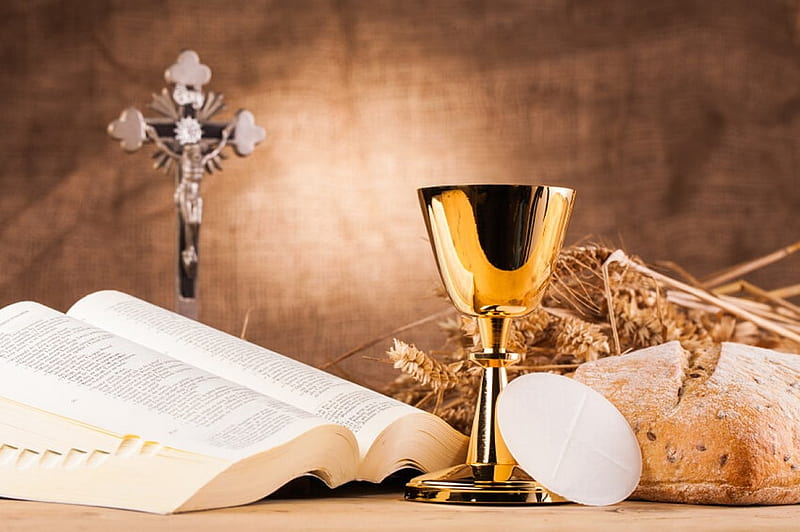
Conclusion
My journey with the Eucharist began in childhood, but understanding bloomed much later. That moment in the adoration chapel when everything clicked – when I realized this wasn't just about ritual or tradition, but about a personal encounter with Christ himself – changed everything. The Real Presence became real to me.
The Eucharist reveals God's genius. Through simple bread and wine, He makes himself accessible to every generation, every soul seeking Him. Saint Augustine's words ring true: “O sacred banquet in which Christ is received.” This gift sustains not just me, but countless faithful across time and space.
The saints understood this profound truth. Their writings overflow with love for the Blessed Sacrament. Saint Thomas Aquinas spent his brilliant mind contemplating this mystery. Saint Thérèse found her strength in frequent communion. Their experiences mirror our own hunger for this divine food.
Each time I approach the altar, I remember that first moment of true understanding. Whether kneeling in adoration, receiving at Mass, or celebrating great feasts like Corpus Christi, the truth remains – Jesus gives Himself to us completely in this beautiful sacrament. This is love made visible, God's mercy made tangible, heaven touching earth.
I highly recommend 7 Secrets of the Eucharist by Vinny Flynn to help deepen your connection to our Lord in the Holy Sacrament. This book certainly helped me in my journey back to the Faith. It's available on Ignatius Press. Purchasing it through this link helps me continue this ministry at no additional cost to you.
FAQs
Q1. What is Holy Communion and why is it important? Holy Communion is a sacred sacrament in which believers partake of bread and wine, which are believed to become the body and blood of Christ. It's important because it commemorates Jesus' sacrifice, provides spiritual nourishment, and strengthens the bond between the faithful and God.
Q2. Who can receive Holy Communion? Generally, baptized Catholics in a state of grace (free from mortal sin) can receive Holy Communion. Non-Catholics may be permitted in exceptional circumstances if they share the Catholic faith in the sacrament and are properly disposed.
Q3. What are the requirements for receiving Holy Communion? The main requirements are being in a state of grace, observing the Eucharistic fast (usually one hour before receiving), and being a member of the Catholic Church. Those conscious of grave sin should seek reconciliation before receiving Communion.
Q4. What happens during the consecration of the bread and wine? During consecration, the Church believes that through transubstantiation, the substance of the bread and wine is transformed into the body and blood of Christ, while retaining their physical appearance. This change is effected by the priest's words and actions during the Mass.
Q5. How can one prepare for receiving Holy Communion? Preparation involves self-examination, confession if necessary, observing the Eucharistic fast, and cultivating a spirit of reverence and gratitude. Many Catholics also engage in prayer and reflection before receiving the sacrament to enhance their spiritual readiness.
References
[1] – https://www.usccb.org/eucharist
[2] – https://www.ewtn.com/catholicism/teachings/institution-of-the-eucharist-in-scripture-223
[3] – https://www.togetheratonealtar.catholic.edu.au/explore/the-last-supper-and-the-mass/
[4] – http://www.therealpresence.org/eucharst/realpres/burke_001.htm
[5] – https://holycrossdover.org/intro-to-sacraments-items/7133-sacrament-of-the-eucharist-essential-components
[6] – http://www.therealpresence.org/eucharst/priesthd/priesthd.htm
[7] – https://www.usccb.org/prayer-and-worship/the-mass/norms-for-holy-communion-under-both-kinds
[8] – https://www.usccb.org/prayer-and-worship/the-mass/order-of-mass/liturgy-of-the-eucharist/extraordinary-ministers-of-holy-communion-at-mass
[9] – https://www.catholic.com/tract/who-can-receive-communion
[10] – https://www.usccb.org/prayer-and-worship/the-mass/order-of-mass/liturgy-of-the-eucharist/guidelines-for-the-reception-of-communion
[11] – https://www.ewtn.com/catholicism/library/fasting-before-mass-4584
[12] – https://canonlawmadeeasy.com/2017/08/31/canon-law-changed-fasting-communion/
[13] – https://www.usccb.org/prayer-and-worship/the-mass/order-of-mass/liturgy-of-the-eucharist/the-reception-of-holy-communion-at-mass
[14] – https://en.wikipedia.org/wiki/Eucharistic_adoration
[15] – https://www.oursundayvisitor.com/meaning-corpus-christi-eucharist/
